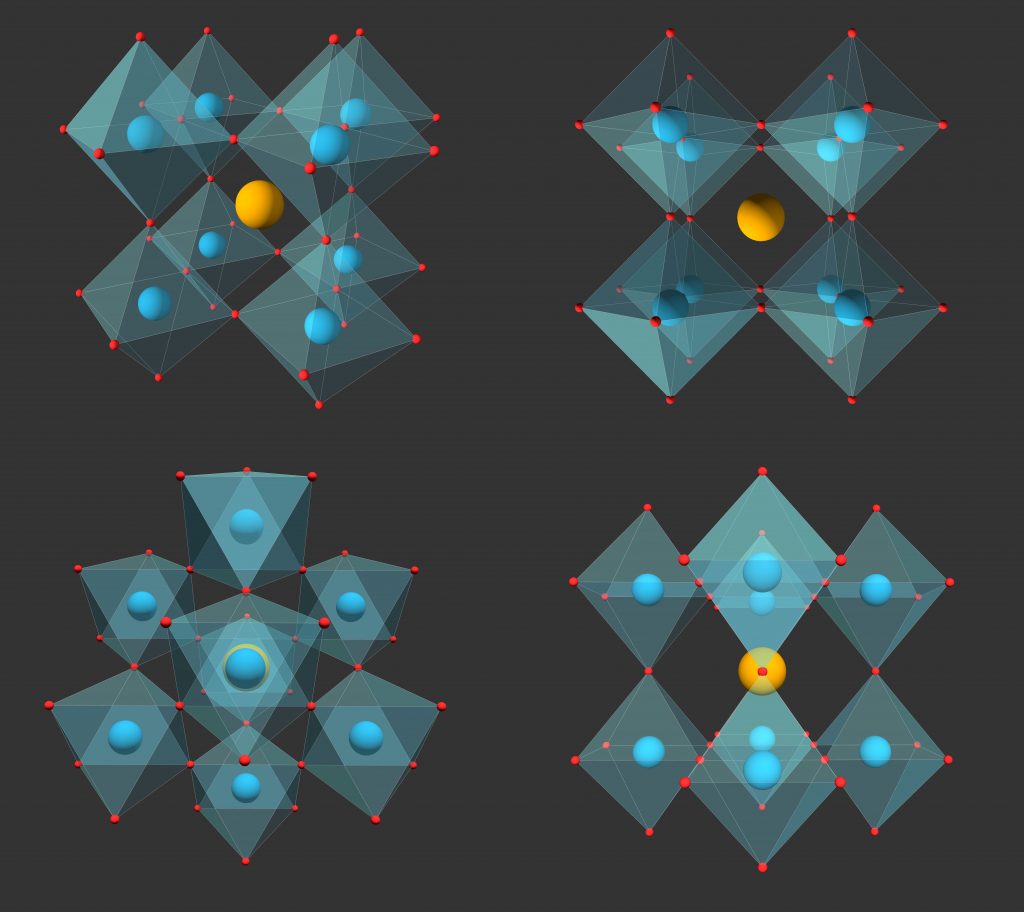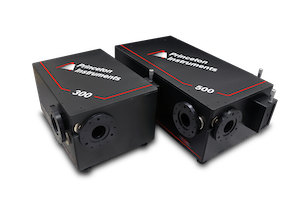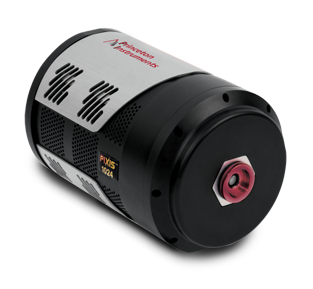Tom Gregorkiewicz
Nature Communications
Efficient carrier multiplication in CsPbI 3 perovskite nanocrystals
Introduction
While renewable energy production from photovoltaics is rising, researchers are constantly looking for new materials and improved ways to lower cost and increase efficiency of solar cells. Perovskites have large potential and are heavily investigated, especially to further increase efficiency and lifetime as perovskite devices still degrade quickly when exposed to typical environments.
A team of researchers around Tom Gregorkiewicz from University of Amsterdam published an article discussing their research on all inorganic perovskite nanocrystals. According to the researchers this material shows advanced stability and optical properties compared to typically studied organic perovskites. In general, the team from Amsterdam is trying to use nanotechnology to improve the efficiency of photovoltaic devices. Here they observe for the first-time carrier multiplication in a perovskite nanomaterial.

Carrier multiplication is particularly strong in nanoscale materials and increases the conversion efficiency of photons into charge carriers. When the photon energy is larger than the bandgap energy, the excess energy is used to create additional charge carriers instead of being lost to thermal energy in the material. The researchers use optical spectroscopy to determine the spectral signature and efficiency of the multiplication effect such as photoluminescence excitation, and time resolved PL.
Transient absorption measurements using a pump probe laser scheme reveal the main signature of the carrier multiplication effect. This technique can resolve time scales into down to the picosecond range. In transient measurements CCDs and spectrographs are synchronized to ultrafast laser pulses typically with 100Hz – 1kHz repetition rates (here one of their setups uses a PIXIS camera on a SP-2500 spectrograph). The high time resolution is achieved with a delay stage that increases the relative path travelled between the pump and probe pulses before reaching the sample.
The researchers observe an increase in the absorbance amplitude as well as an additional fast decaying (on the picosecond scale) component of the transient signal that reveal carrier multiplication. In the future devices using perovskites and nanotechnology in this way could further increases the breath-taking speed in which the efficiency of perovskite-based photovoltaics increases.


